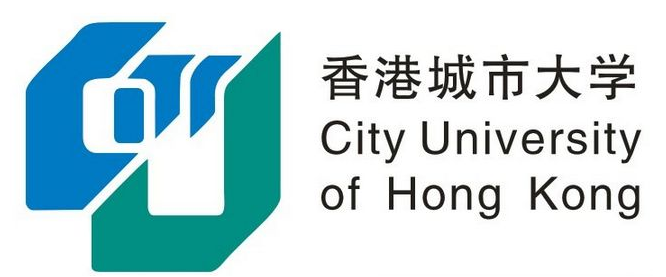Shenzhen is a sub-provincial city of Guangdong province in southern China, located at the border with the Hong Kong Special Administrative Region. Shenzhen is a centre of foreign investment and since the late 1970s has been one of the fastest growing cities in the world. It is also the busiest port in China. In the past two decades, outsiders have invested more than $30 billion in Shenzhen for building factories and forming joint ventures.
The one-time fishing village of Shenzhen, singled out by late Chinese paramount leader Deng Xiaoping, was the first of the Special Economic Zones (SEZ) in China. It was originally established in 1979 due to its proximity to Hong Kong, then a prosperous British colony. The SEZ was created to be an experimental ground of capitalism in "socialism with Chinese characteristics."
The location was chosen to attract industrial investments from Hong Kong since the two places share the same language, dialect and culture. The concept proved to be a great success, propelling the further opening up of China and continuous economic reform. Shenzhen eventually became one of the largest cities in the Pearl River Delta region, which has become one of the economic powerhouses of China as well as the largest manufacturing base in the world.
Shenzhen, formerly known as 'Bao'an County', was promoted to prefecture level, directly governed by Guangdong province, in November 1979. In May 1980, Shenzhen was formally nominated as a 'special economic zone', the first one of its kind in China. It was given the right of provincial-level economic administration in November 1988.
Shenzhen is the earliest of the five special economic zones in China. Deng Xiaoping is usually credited with the opening up of economic revival in China, often epitomized with the city of Shenzhen, which profited the most from the first legacies of Deng.
The boomtown of Shenzhen is located in the Pearl River Delta. The municipality covers an area of 2,020 km² (780 sq. miles) including urban and rural areas, with a population of thirteen million. Shenzhen is a sub-tropical maritime region, with frequent tropical cyclones in summer and early autumn, with an average temperature of 22.4°C year-round (72°F) although daytime temperatures can exceed 35°C.
Shenzhen is located on the border with the Hong Kong SAR across the Sham Chun River and Sha Tau Kok River, 160 km south of the provincial capital of Guangzhou, and 70 km south of the industrial city of Dongguan. To the west, the resort city of Zhuhai is a 60 km away.
Although Shenzhen enjoys a good reputation for shopping and travel, some Hong Kong citizens are concerned about the relatively high crime rate in Shenzhen. Reports of businessmen and tourists being robbed and kidnapped in Shenzhen are not uncommon in Hong Kong newspapers.
Shenzhen's major tourist attractions include the Chinese Folk Culture Villages, the Window of the World, Happy Valley, Splendid China and the Safari Park in Nanshan district, the Dameisha Promenade and Xiaomeisha Beach Resort in Yantian district, Zhongying Street, Xianhu Lake Botanical Garden, and the Minsk World. The city also offers free admission to a number of public parks including the Lianhuashan Park, Lizhi Park and Wutongshan Park. Shenzhen is famous for the great variety of cuisines that its numerous restaurants provide.
Most tourists, however, choose to stay in a largely expatriate residential community called Shekou, home to a large confiscated (on drug smuggling charges) French cruise liner cemented into the ground.
More introductions to Shenzhen please visit: http://en.wikipedia.org/wiki/Shenzhen



